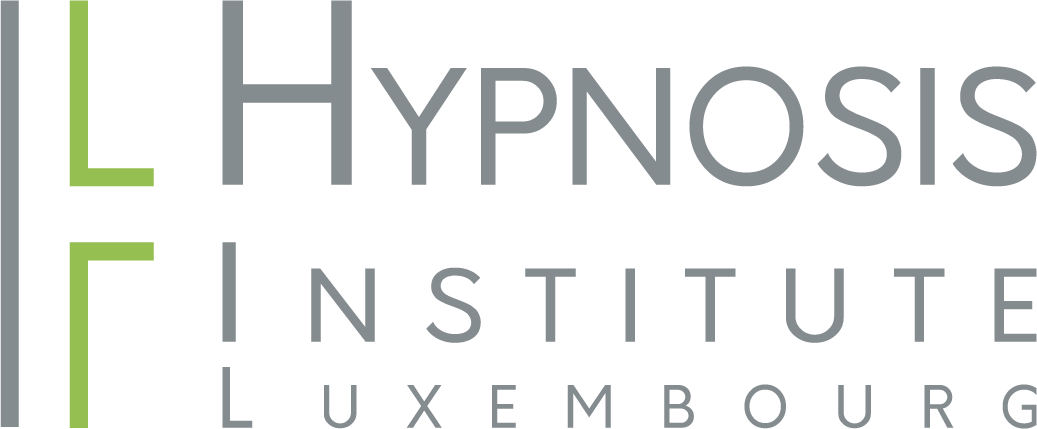Formulating a goal
How to ensure that the goal corresponds to the expected result.
How to formulate it.
Criteria for a good goal
- Positively formulated
- It must be specific and put into context
- Realistic and achievable
- Verifiable and observable
- Ecological
- Consequences of the change for the environment
(relatives, work, etc.) - Preserves the secondary gain:
What could be lost if the goal is achieved… - What is your goal?
- What result do you want to achieve? (in positive terms)
- If the person answers with a negative sentence, ask them:
“If you no longer have the problem, what do you want?” - What is important to you to achieve this goal?
- How will you know that you have achieved your goal? (with Vakog)
- And the others, how will they know?
- What are the disadvantages for you if you want to achieve your goals?
- And for the people around you?
- If you don’t change anything in your current situation, where will it lead?
take you? - What resources do you need to achieve your goal?
- What external resources?
- What personal and internal resources do you need?
- What do you personally need to achieve this goal?
- What are the steps you need to take?
- What is your first step?
(The first step is to identify whether it is accessible) - When will you do it?
- What will you get out of it?
- What will you lose if you achieve this result?
- In which situation do you want to achieve this result?
- Are there situations in which you do not want to achieve this result?
- Does achieving this result increase your choices?
Check ecology
Enable the client to achieve this outcome.
“Live this moment to the fullest:
What do you see?
What do you hear?
What do you feel? “
Identify the client’s primary and secondary benefits (and/or losses) and the impact on the environment.
Adapt the questions so that the client specifies his goal as simply and completely as possible.
Do not give advice, but leave it to the client to make their own decisions.
Eliminate fixed goals by saying “If I do this, then …,
“If I lose weight, then I can trust.”
The respondent offers a solution: lose weight to gain confidence. “What happens if they lose weight and the confidence isn’t there?”
When the person gets thinner and has no more confidence than before. How do you think they feel? What happens at the identity level? Could she ever be confident if even losing weight doesn’t allow her to be?
This paradox, this risk, can at some level prevent a person from achieving the twin goals of thinness and confidence. The solution is toxic to the goal because the impact on the person and the person’s image can be too strong in the absence of confidence.
If they don’t achieve their goal, they will have more difficulties, and if they succeed, they won’t be happier, because the solution is just another problem: the status quo.
Turn away from unattainable goals
One way to bring a client back to the core of their real problem and determine a coherent goal other than the one stated is to ask them the following question:
What kind of change would you want to work towards without this problem?”
